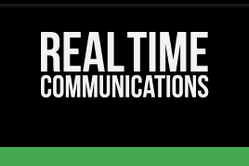
What LinkedIn’s Profinder Taught Me About Sales and Customer Service
PUBLISHED ON MEDIUM
For over 15 years, I had been pretty successful in my career in marketing, public relations, and social branding. In fact, most of my business came through referral or through those that found me through my work. I had made a name for myself, became well-connected and so on.
A new career, a new way of doing things.
In 2016, I started a new business. I was literally starting from scratch. I was reaching out through my networks and doing okay finding new clients. I used paid resources, such as Thumbtack, social advertising, and search engine marketing. I was being clicked to death. But, it was alright because I started to make bank.
And, then, things changed.
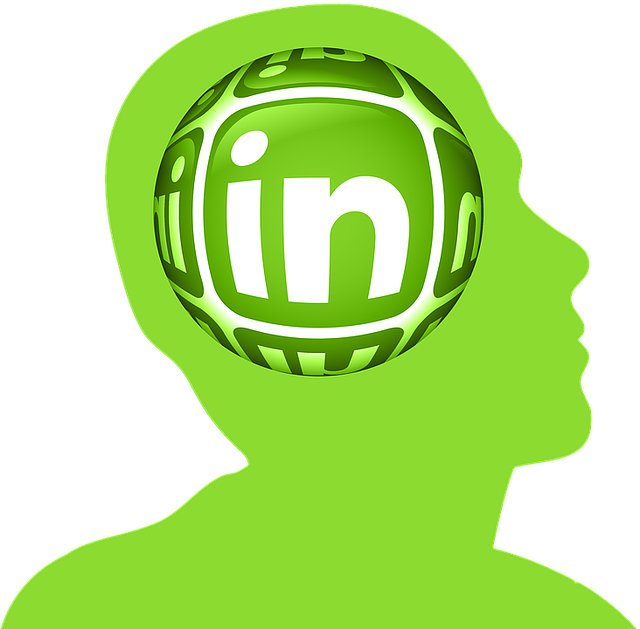
Thumbtack was no longer using a credits-based method. Dollar amounts were being applied to bids. Then, they started allowing three times as many people to submit bids than ever before. Making matters worse, fees more than doubled! I tried to use Bark (the UK version of Thumbtack) but found no luck in this area.
Losing traction in search engines and having my advertising budgets absorbed by just a few clicks, I was unable to find value in systems like AdWords or Facebook Advertising anymore. It was costing more, converting less . And, it was becoming yet another saturated industry with a lot of competition.
Headed in the right direction… but making mistakes.
I was taking the right risks. I wasn’t afraid to solicit strangers. I knew where I could reach my clientele directly. I just didn’t know how to reach them.
So, I started a separate LinkedIn profile.
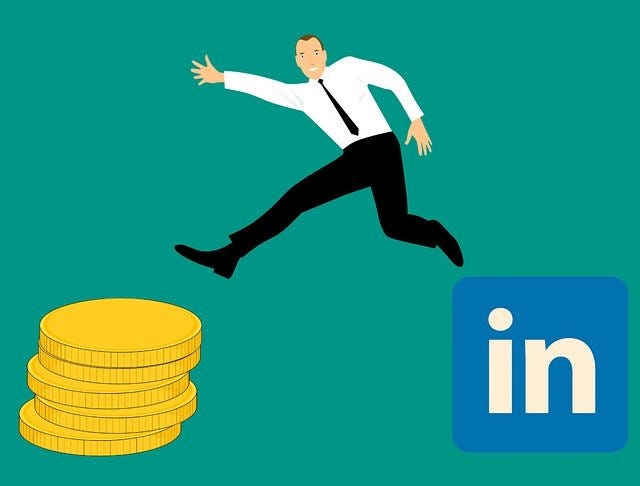
Initially, it started off great. I made new clients, Forged new partnerships… and, even got a ton of referrals. But, I also found a lot of rejection and a lot of people that didn’t care enough to respond. For every 1000 connection requests I sent, 50 would reply and only 45 would actually speak.
Once we connected, I almost always sold a package. But, sometimes money was an issue. Sometimes, they needed time to gather the necessary documentation. For those that didn’t purchase in the next 72 hours — or at least by the next payday — only about 50% actually returned. Some of those that didn’t did end up sending some friends my way.
My copy was too long. People didn’t want bombarded with a sales pitch. They wanted to know what I had to offer and what I could do for them. They weren’t scrolling to find a price. I has also been too interested in making the sale that I didn’t take time to cultivate the relationship.
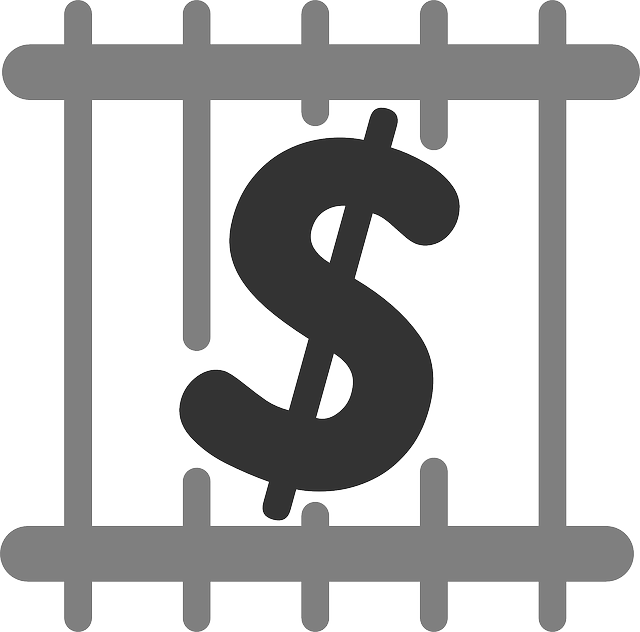
I GOT CAUGHT!
Eventually, LinkedIn became hip to the fact that I was not only accessing a gazillion profiles from one IP and one computer (mostly my clients — I swear!), but they realized that I actually owned three of my own.
This happened at the same exact time the “indefinite” government shutdown took place. At the time, most of my clients were military, federal and government clientele. WIth so much uncertainty in the air, they were also no longer spending.
I learned a lot about myself as a professional and how I had been doing business. I also learned a lot about sales and where I had been slacking. You see, it was always my job to drive awareness, build a culture, gather a crowd and/or start a conversation. Sales were never my strong point, although I had been successful in sales, indirectly.
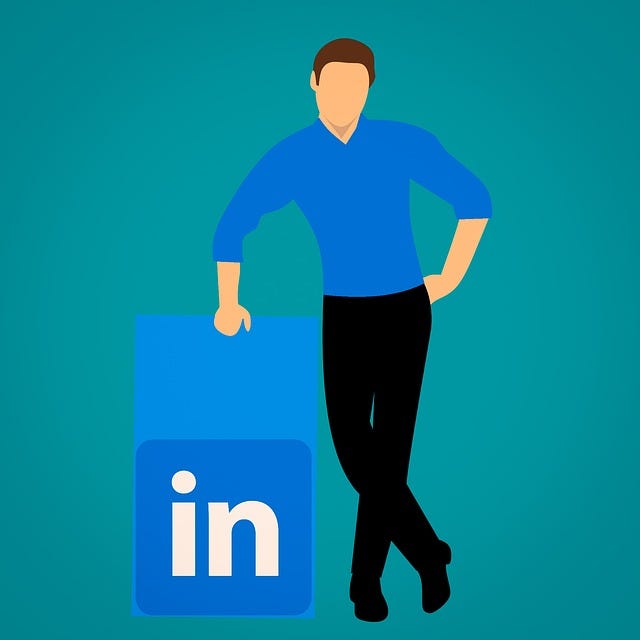
Enter LinkedIn Profinder.
So, I consider myself a LinkedIn power user, although I used to look at Premium as an unnecessary expense. I took advantage of everything else the platform had to offer. I have 20K connections, an “All-Star” profile and I show up in 500 or more searches a week.
I’m not afraid to reach out to strangers. So, I have always used it as a way to get to “hard to reach” professionals — even as far back as the days they used to allow you to promote networking events.
So, why hadn’t I ever heard of LinkedIn ProFinder? Supposedly, it’s been around since 2015. I mean, I was a “social media guru.” I should have known, right?!
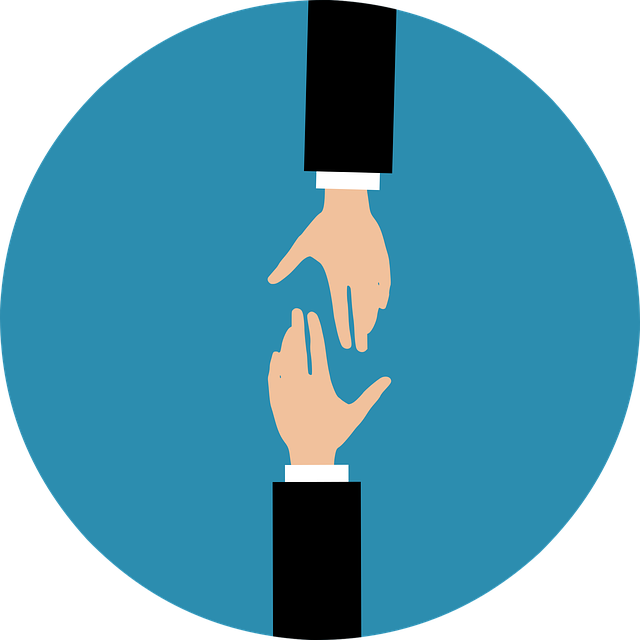
Well, last September, LinkedIn reached out, directly, to invite me into the program. After a bit of due diligence, I found out they were basically ramping up promotions and reaching out to professionals, who had built a great reputation on the platform. Many of them were so stressed, they would abandon ship due to frustration. Some were technically savvy, others just weren’t. I hate to say that I had to “hold their hand” every step of the way, but for some — it was my honor to be at their side during this time of need.
Some of my clients just weren’t ready to spend a lot of money, or they were trying to get information so that they could save up. They were scared to be scammed by a stranger or they just weren’t sure if this was something they wanted to do.
My most satisfied clients often told me how they loved the fact that I was personable and that they could tell I genuinely cared about their success. They loved how I didn’t just sell to them, but I wanted to have a conversation and was willing to have a 30-minute or so conversation with them — even if they weren’t buying.

I wasn’t following up fast enough.
Initially, I had a few responses but they didn’t close and then clients stopped responding. I wasn’t following-up fast enough. I was scared that I would annoy them.I got frustrated. I started “diplomatically” reaching back out to prompt my leads and became pleasantly surprised along the way. Needless to say, I quickly learned from my mistakes and my sales began to increase, rapidly.
I now had an unlimited supply of new customers and a wide-open territory that I could set up shop. I didn’t have to worry about crazy fees, outside of a monthly subscription — and I didn’t have to worry about being clicked to death. I only had five others, who were competing against me for each job. And, I was closing on about 98% of those that I responded to almost immediately.
In full disclosure, they are launching quite a few new programs in 2020. I believe this to be a necessary push in the right direction.

I wasn’t following-up enough.
The human experience is everything. The customer experience is king. Not only should I have been following up more often, but I should have been following up more than once.
While my process is very basic and self-explanatory, you really need to put in the time, collaborate and focus on the details to make it work — especially if you want to stand out from the crowd.
Many of my customers recently lost their job, had been laid off, was seeking investors for various projects — or they were trying to transition into a new field, altogether.
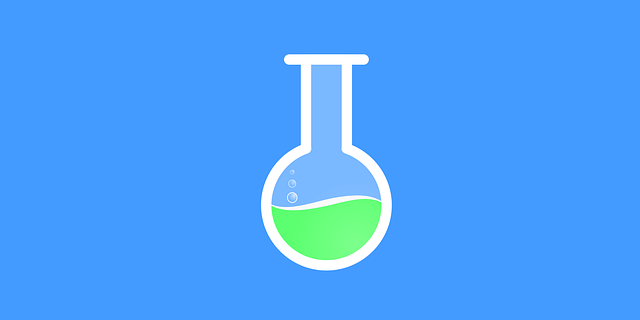
What I learned about following up.
To be successful in sales, you need to keep a solid pipeline. The problem was my 3-to-5 business day turnaround policy. With response documents, final project turnarounds and upsells, I had to be very careful. At the same time, I didn’t want to be marked as spam when everything was going great.
In fact, if you never hear it anywhere else — Barracuda is the Devil!
I saw an immediate dip in sales. I wasn’t following up fast enough. I needed to be prepared, not only with additional materials but also to schedule a quick phone call right away. In sales, you learn that you take the earliest meeting you can get (I just learned this one actually — Thanks, PeopleKeys!). In my situation, if I wasn’t following up right away or setting up a call — I would lose my prospects to somebody else.
While I had a few no-shows, about 98% of my calls continued to close — even if they already had talked to the other four people. They liked that I took the time to explain my process, provide my disclaimers, encourage them at their time of need. Some of my biggest critics became my greatest supporters.

I was too quick to jump on a lead, too scared to lose one.
After a while, I was what I would consider “in-demand.” Whether I was or wasn’t — that really doesn’t make a difference. I was getting sales. I was getting a lot of them!
I started to take on too many projects. But, I swear — I didn’t do it on purpose. Afterall, I wasn’t actually taking on new projects, I was just taking on some of the wrong projects and extremely old orders were finally being sent for revision. Clients from my Thumbtack days were finally responding — all at once — and some as much as a year later! I, then, began experiencing delays due to email-related issues.
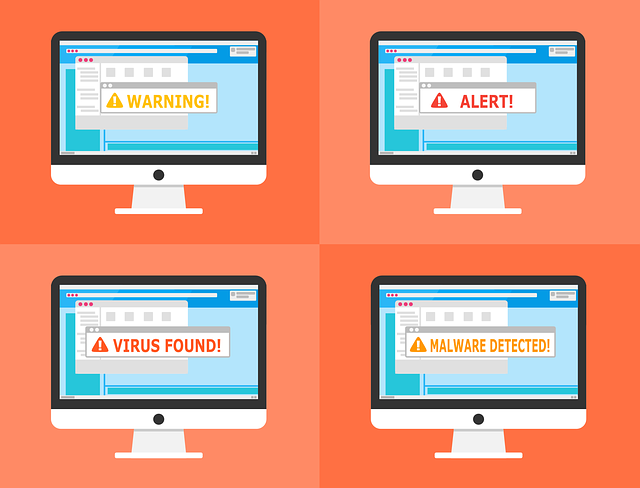
On the front end, I quickly learned that it was imperative to at least take five minutes going through each and every project before fully accepting it. I needed to let my client know if I needed more time for research, needed more materials to work from, or whatever, so that I could avoid future bottlenecks, as sales continued to filter through.
Customers were getting mad, and I was issuing a lot of refunds for work that I already did. I would be putting in way too many hours, that could otherwise be spent with my family, for what would only equate to earning a few bucks per hour.
…and, of course, this would happen…
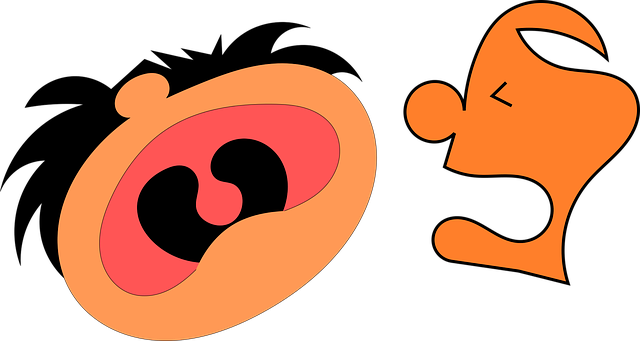
I would run into clients that would demand projects way ahead of schedule, those who would refuse to purchase an expedited service. For many of my clients, I would provide additional services “free of charge” just to show my appreciation, and it always seemed like it was these clients that would try to milk me for more.
I was constantly rushed, constantly facing clients who were overthinking the process and calling me every few minutes freaking out. Some clients even had the nerve to call my phone at 2 AM on a weekend — like “how dare you finally get three hours of sleep or spend time with your family, when my project is due next Friday!”
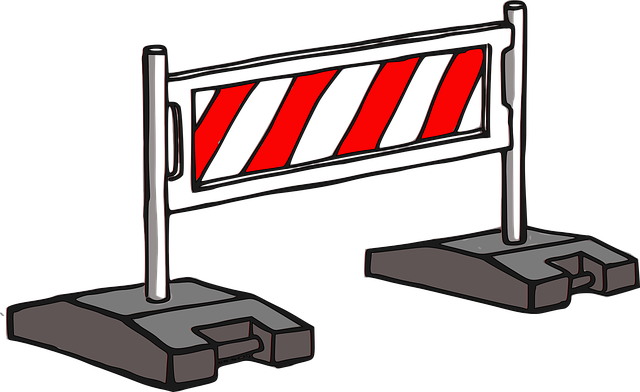
Ground rules were important. They had to be set.
If it hadn’t been for ground rules, I don’t know where I’d be today.
In my former career, my clients retained me around the clock. I also had a 24/7 consultation line, where I consulted on marketing, business, and entertainment industry at all hours of the night. A “nine-to-five” concept was outright foreign to me. But, I needed to be realistic. I needed to set boundaries.
While I maintained the same work ethic (and then some), I needed to know it was okay to sleep, it was okay to spend time with my family and it was okay to keep my house clean. I needed to know that I didn’t have to feel obligated outside of agreed-upon terms, especially for someone that won’t really understand the lengths you go to make each project a success.
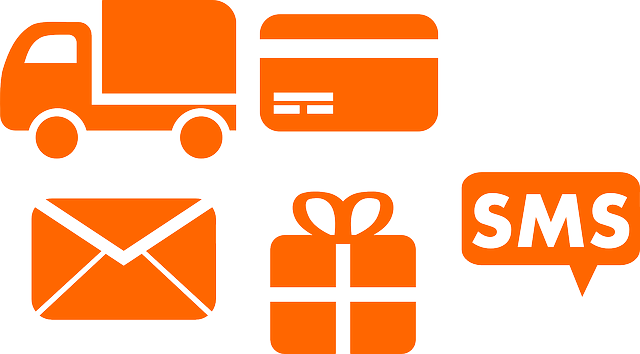
I created a strict turnaround policy and let my customers know if I had been operating outside of this turnaround, before accepting payment for their services. I only made myself available between certain business hours but made alternative arrangements only if it was necessary. All of my documents would reiterate the process, reiterate the turnaround. I even made my issues with Barracuda well-known (did I mention that Barracuda is the devil?). .
Because of this, I was able to create alternative plans, should anything go wrong. I was able to buffer using weekends and late-night crunch sessions. I was able to charge more for expedited services. And, I was able to cut back on about 80% of my grievances.
Non-traditional work hours can be rewarding.
Let me tell you something (just in case you don’t know). Non-traditional hours are amazing. Yes, you will have to keep daily business hours in order to meet the needs of your clientele. Boundaries are also very important.
Currently, I work around the clock, but I am only available between 10 AM and 5 PM, eastern standard. Nonetheless, I do have my exceptions.
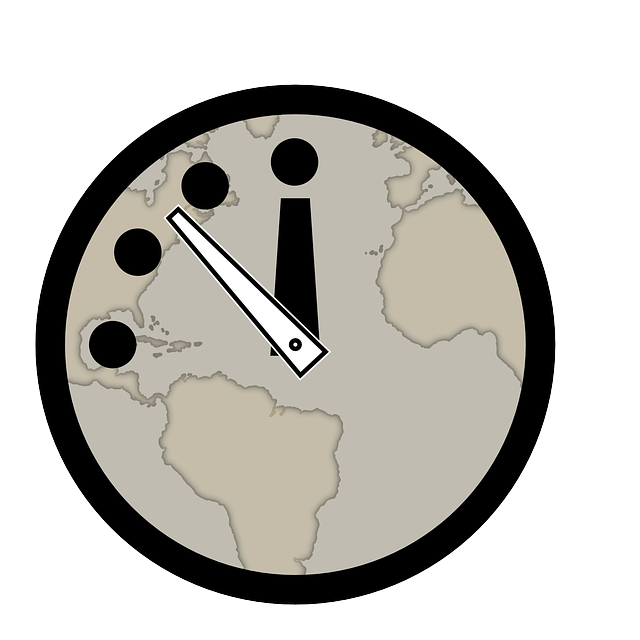
I have clients in different time zones, and being available to my night-shift clients provides a great advantage over my competition. Instead of two-or-three leads trickling in an hour, I find ten or more over the course of 15 minutes! This isn’t even counting the weekends!
Non-traditional hours means less distraction, less to pull you away from your work. There’s no one rushing you to hurry up with a project that is due three days from now. And, you can peacefully research for any industry you’re not yet quite familiar.
I can send out bids that I know won’t be answered for a few days while completing projects that are due in the next. Demand is high and customers are just a little bit more easy going. They really make you want to give your best.
There is a downfall to great customer service, though.
I needed to prepare for it. We all need to prepare for it. And, it’s really heartbreaking.
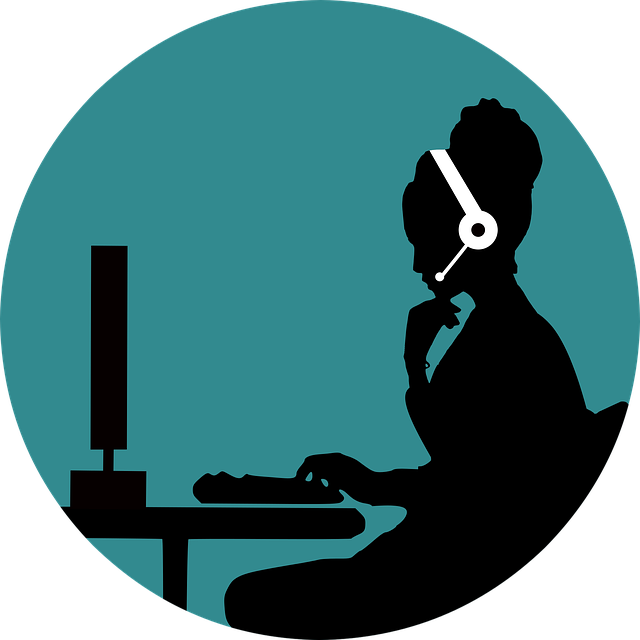
Sometimes, no matter what you do… no matter how good your service is… no matter how good the product is… Shoot, no matter the results… you’re still going to face adversity.
Sometimes providing great customer service means that your client thinks they are the only one. They don’t realize your queue is jammed packed and that you may be working on 10+ projects at once. They can be overly demanding, extremely rude and make you want to give up.
Don’t let this get you down.
The toughest client can be your biggest sell — and bring a ton of others your way!
Oh, my God! You have had them. I have had them. They’re always going to be there. They’re not your “funnest “clients, and you’re always almost certain to have a mini-stroke, dealing with their unwarranted callousness. And if I’m being honest, you’re going to find a lot more of these on LinkedIn than pretty much anywhere else.
These are the clients who question everything, change everything, take too much time to respond but then demand a response like yesterday. These are the clueless clients that come to you because they desperately need your help… the ones in real trouble before they met you, but somehow found all the answers overnight. They tell you what you need to do even though you are the professional. They will undo hours of your work, only for it to be put right back together again. They make you pull teeth to collaborate and put up roadblocks every step of the way.
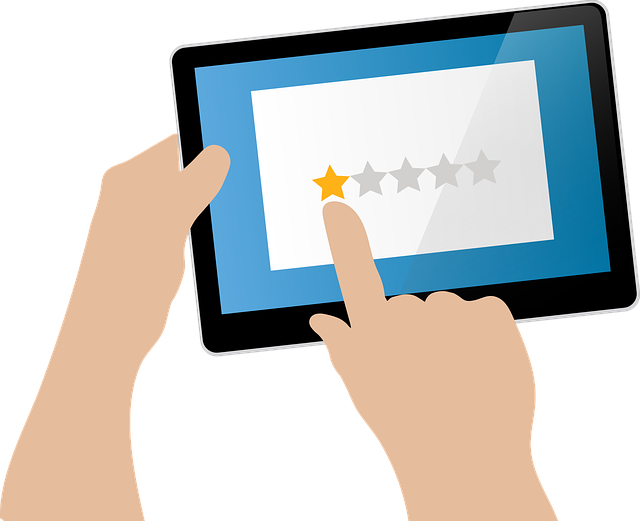
Yes, those clients. And, as it turns out, they always tend to be my favorite.
Do you know what I have found out about them? Even though they didn’t listen the first time, they just want to learn what you are doing and why it’s being done that way. They aren’t making the connection visually, because they are a more logical thinker. They literally dissect your work through a series of aggressive questions and answer.
For the most part, they really aren’t being critical of you. They’re just trying to understand.

In many cases, fear drives them, especially if they have been finding it harder and harder to sustain a sense of normalcy — or, if they fear they might have to. In DISC theory, they are the “Dominant” and “Analytical” types. Once they see a finished project and put it to good use, they quickly learn that were in good hands.
They really appreciate your hard work, and it shows. They take the time to check-in and update you on their progress. They refer you to their friends. They make their children use your services.
…some even become your friends.
Many of these clients are on Profinder because they desperately want something — and they want something now! They just need someone who’s available, someone who can deal with their sense of aggression. And, they will pay top dollar to do so.

Finally, my prices are too low.
I have had clients deal with me only because they were referred. They have blatantly told me that my prices were too low, and it initially made them second guess the quality. I have had clients ask if they could tip me, because they had an awesome experience and that I was charging way under my value.
What they didn’t understand was that I could do that, because I eliminated the middleman. I once worked for my competition, making a third of what I charge now. Yet, they would charge my clients triple.
Some projects are lucrative. Others seemed like they would be at the time of onboarding. But, more often than not, my projects take way longer than they fiscally should.
On LinkedIn Profinder, you’re competing with up to five others. You can’t see, who’s bidding against you, so I simply played it safe. As I started to master the program, I learned that I need to raise my prices.
More money = Fewer projects and much happier clients
After all, isn’t that what being an entrepreneur is really about?

